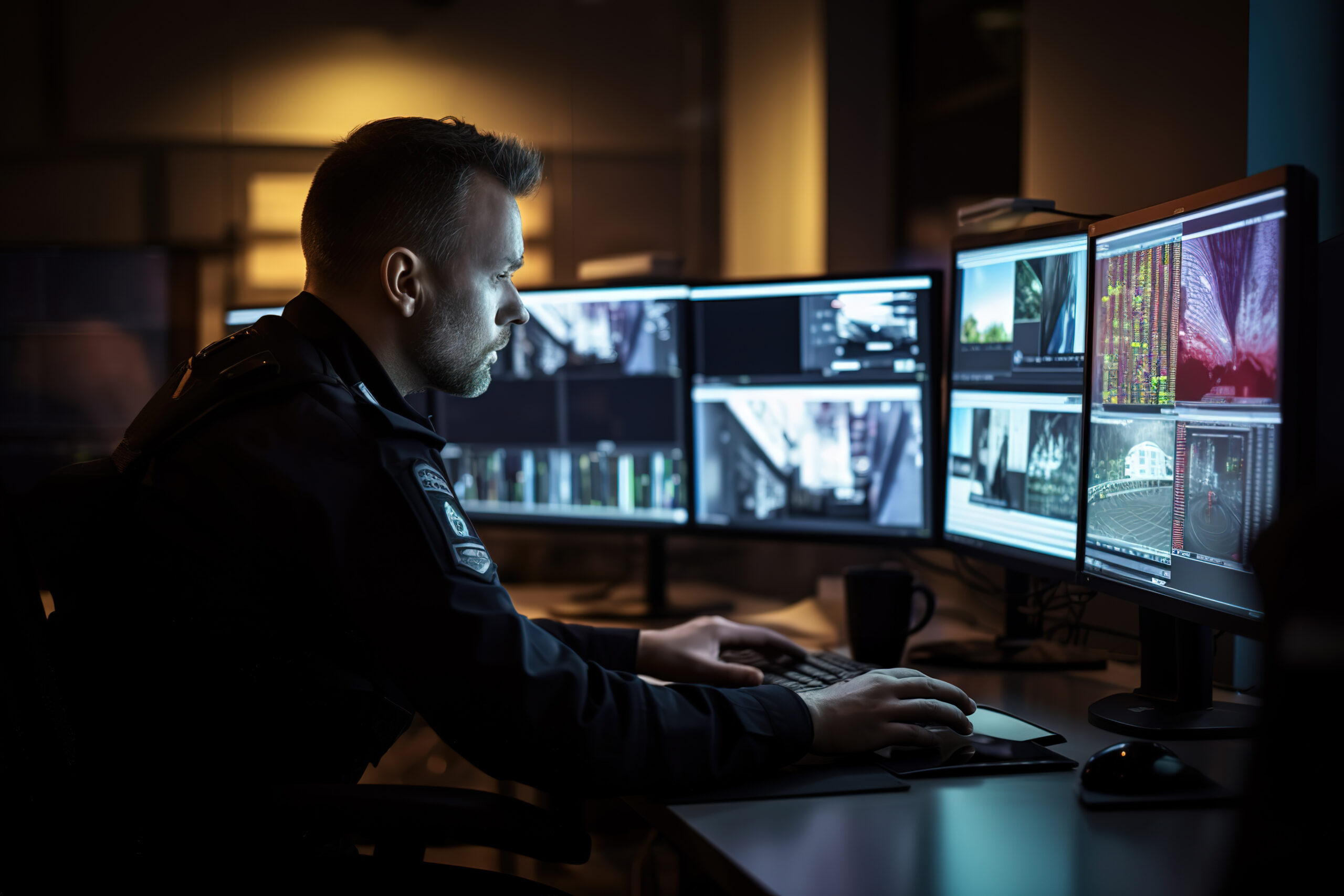Video Data for Driving Crime Prevention and Public Safety

The Power of Video Data in Policing
As every experienced law enforcement officer knows, police work is driven by quality intelligence: More quality data means you are empowered to act, quickly and comprehensively. Video data in particular has become an indispensable asset for law enforcement, offering a wealth of information that can be leveraged to solve crimes, prevent security breaches, and promote effective response to emergencies. However, video in its original state, does little to deliver this critical intelligence. Video analytics must be applied to the footage from surveillance cameras and other sources, so law enforcement can extract crucial insights far beyond the scope of manual video review.
Transforming Video into Actionable Intelligence
What exactly is video data? Video data for law enforcement refers to the information drawn from video that can then be used for deterring crime, recording incidents, and responding to threats. When video analytics engines process video, they identify the video’s objects – people, vehicles, and other items that appear in the footage – and index them, so that they can be easily searched and analyzed. Gone are the days of officers spending countless hours manually reviewing footage. Video analytics empowers law enforcement to efficiently locate vital evidence, minimizing time and resource constraints while reducing the risk of human error.
Artificial Intelligence: The Basis of Video Analysis
It is a common misnomer that Artificial Intelligence (AI) is “new” or an “add-on” to video analytics technology, when in fact, AI is the base upon which video analytics technology is built. Simply put, video analytics systems use AI to train computers in detecting and extracting data from video footage. Through exposure to extensive tagged images and videos, video analytics engines learn to:
- Detect and distinguish between various objects in video
- Extract and identify relevant information
- Analyze behaviors and attributes
- Classify data for different law enforcement applications
How does video data help solve crimes and promote safety?
Police can use video data to make several activities more efficient and effective – here are three examples of how video data from video analytics changes the game for law enforcement:
Enhancing Video Evidence:
Captured footage can be used as evidence to support cases and solve crimes. When video footage is processed by a video analytics engine, the raw data is structured into an index of the objects that appeared, giving them a high-level view of what appears in the video or empowering them with filters to find objects and people of interest. Video analytics help law enforcement can get to the point fast, which enables them to accelerate investigations, close cases, and understand developing situations with speed and accuracy.
Increasing Situational Awareness:
Video helps promote safety and prevent crime by enabling officers to monitor areas of interest. The addition of comprehensive video analytics enables real-time monitoring of areas of interest, with rule-based alerts that trigger when specific objects or people enter designated zones. This comprehensive surveillance capability helps officers understand complex scenes rapidly and respond effectively to developing situations. Video analytics can also be used for smart city transformation by helping officials understand traffic patterns of both people and vehicles. The resulting data not only helps law enforcement manage the flow of people, cars, public transport vehicles, and even bicycles, but helps city officials make better, more strategic plans for future development.
Responding Proactively Emergencies:
VCA systems can be configured to recognize unusual behavior and trigger immediate responses. This proactive approach enables law enforcement to address potential threats before they escalate to enhance the baseline of public safety. For example, video analytics can be used to detect a vehicle parked in an area designated for emergency vehicles and send an alert so someone can be mobilized to move the vehicle and clear the space in case of an emergency. Quick access to information enables rapid and proactive response.
The Future of Video Data in Policing
Video data is a crucial tool for law enforcement, and its integration with advanced analytics is unlocking new possibilities. By embracing these technological advancements, law enforcement agencies can:
- Solve crimes more efficiently
- Allocate resources more effectively
- Enhance public safety through proactive measures
As agencies continue to adopt and refine applications of these technologies, we can expect to see even more innovative applications that will further revolutionize the field of policing.
See it in Action
Interested in seeing video data make the difference in a real-world scenario? Watch our on-demand webinar and learn how the Hartford Police Department used video analytics to find critical evidence in the high-profile disappearance of Jennifer Dulos. Watch it here.
Editor’s note: This post was originally published in October 2018, and has been refreshed and updated for accuracy.
Signup to receive a monthly blog digest.